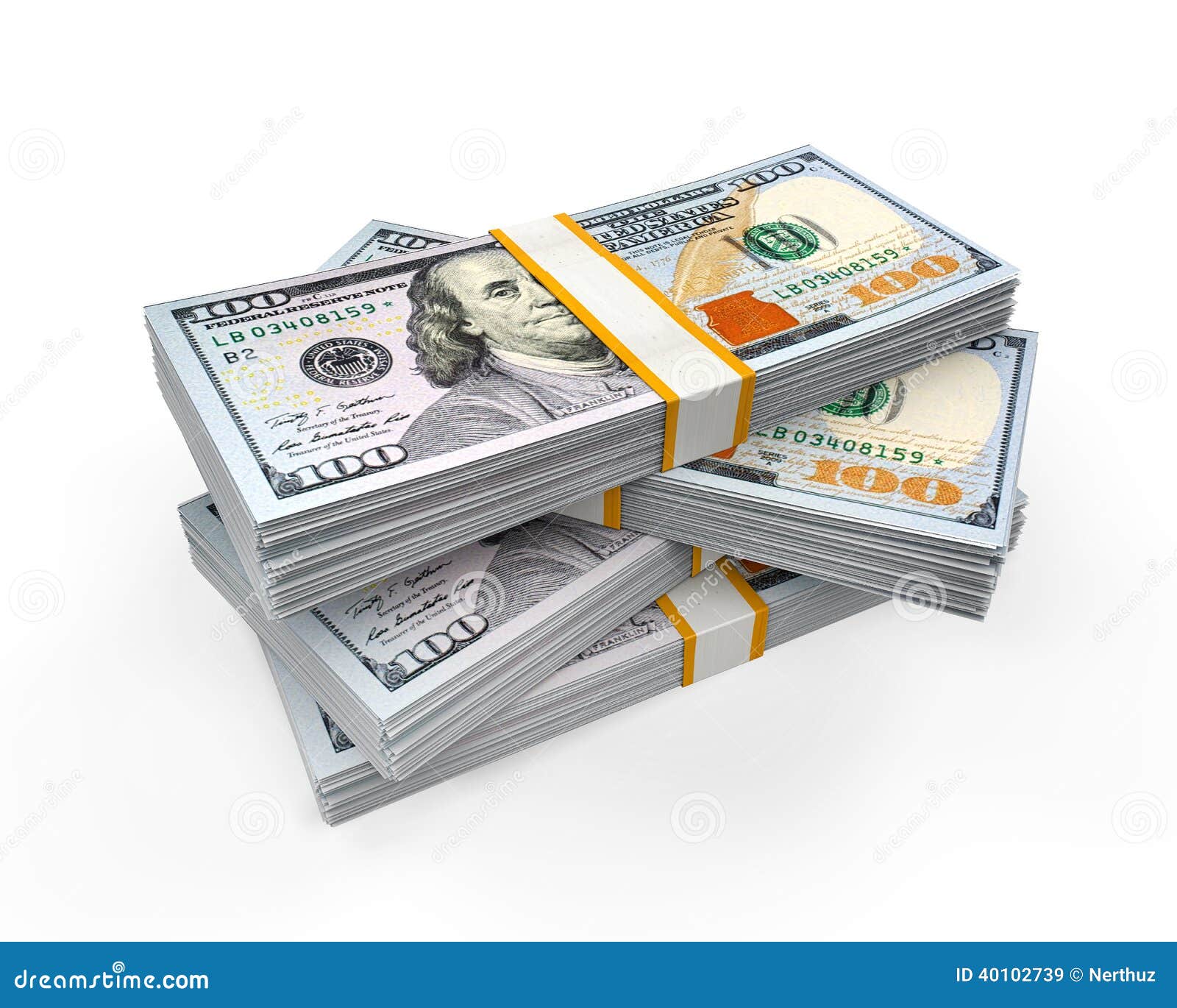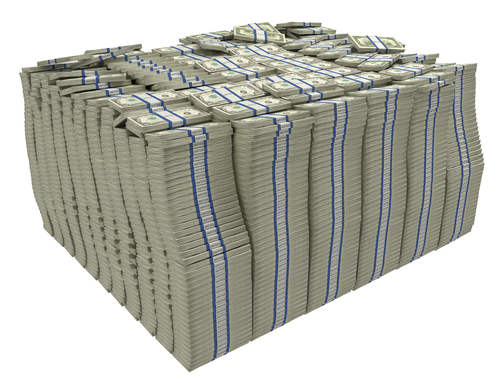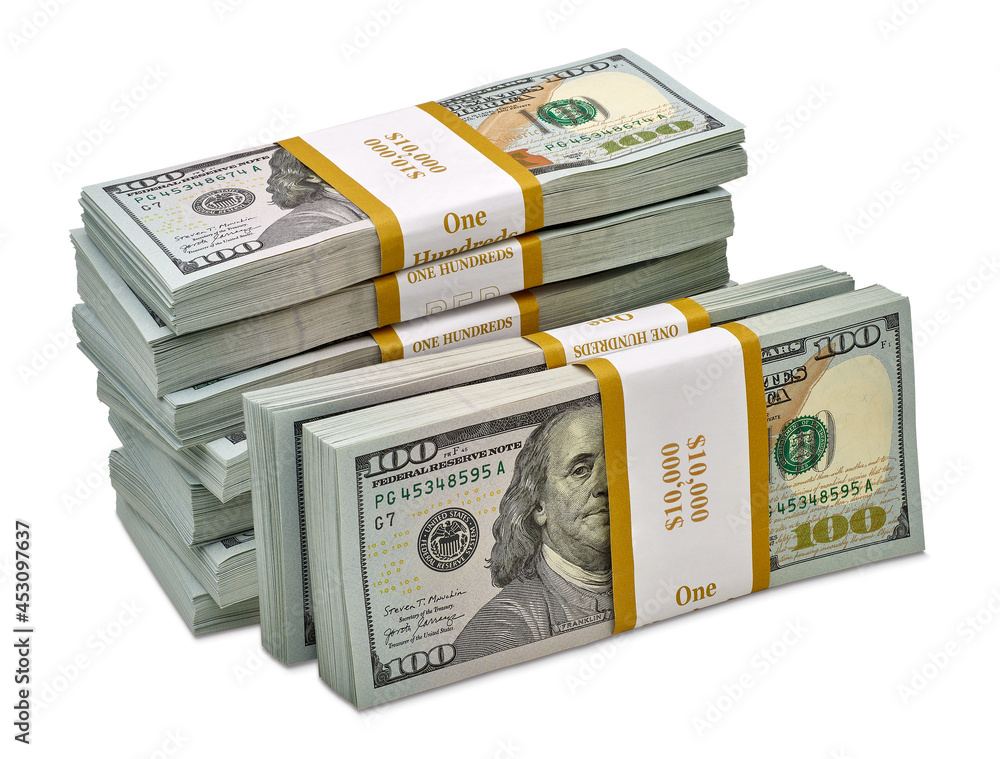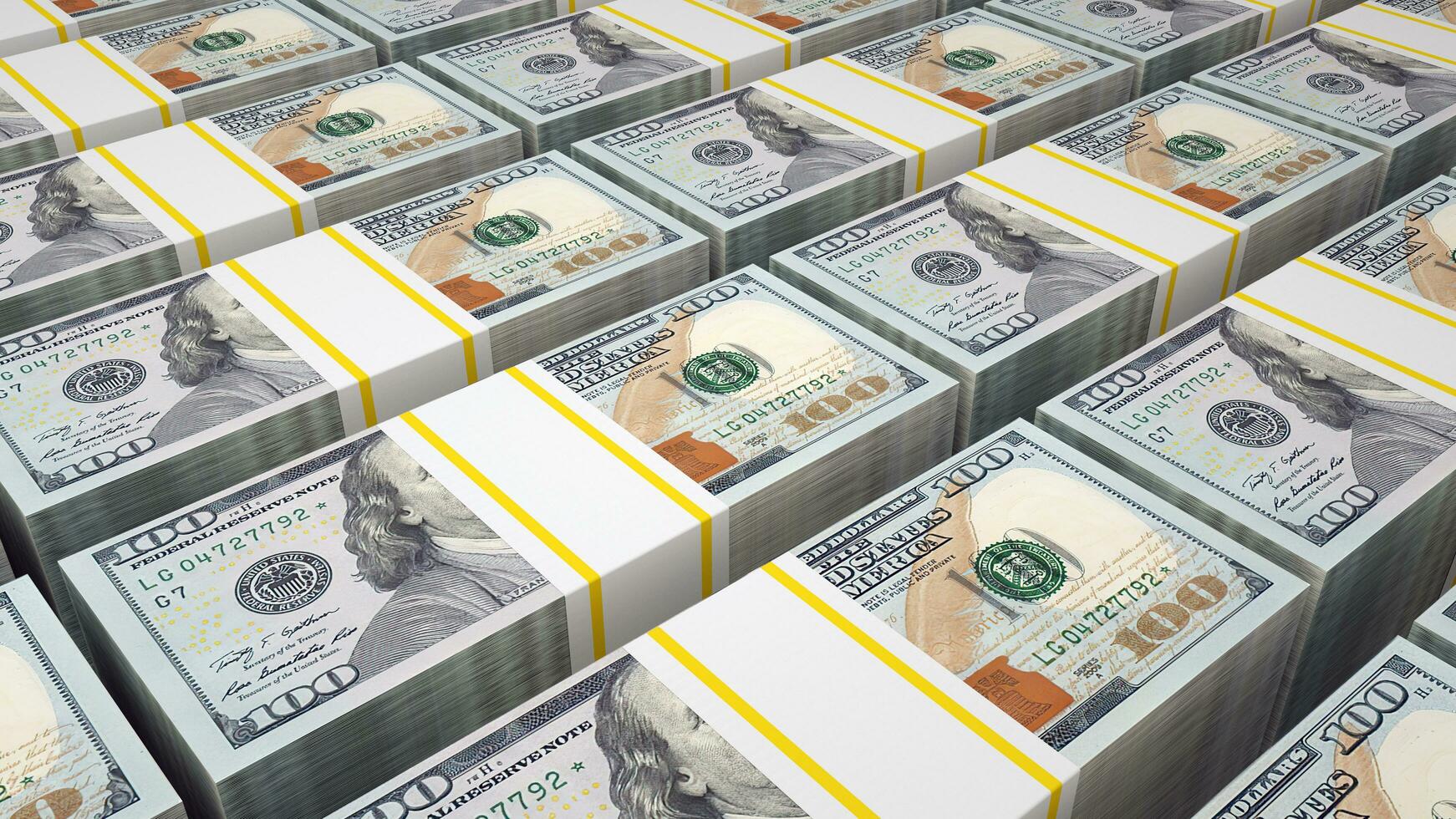How Much Is A Stack Of 100s

The simple question, "How much is a stack of 100s?" belies a complex interplay of economic factors, criminal enterprises, and even popular culture fascination. While the immediate answer is $10,000, understanding the weight, dimensions, and associated risks of large sums of cash unveils a deeper narrative about wealth, power, and the challenges of managing significant currency.
This article delves into the various aspects surrounding a "stack" of one hundred $100 bills. It explores its physical characteristics, examines its role in illegal activities, and considers the practical considerations for handling such a large denomination of cash, painting a comprehensive picture of this seemingly straightforward financial quantity.
The Physical Reality of $10,000
A stack of one hundred $100 bills, by definition, totals $10,000. However, its physical attributes are often overlooked. According to the Bureau of Engraving and Printing (BEP), a U.S. bill weighs approximately one gram. Therefore, $10,000 in hundreds weighs roughly 100 grams, or about 3.5 ounces.
The dimensions are similarly compact. A single U.S. bill measures 2.61 inches wide and 6.14 inches long. A stack of 100 bills is approximately half an inch thick, making it easily concealable.
These seemingly insignificant details become crucial when considering the implications of transporting or storing larger quantities of cash. Imagine a million dollars in hundreds; it would weigh roughly 22 pounds and occupy a considerable amount of space.
The Allure and Peril of Cash
The prevalence of cash, particularly large denominations, in criminal activities is well documented. Its untraceable nature makes it a preferred method of payment in the illicit drug trade, money laundering schemes, and other illegal enterprises. Law enforcement agencies worldwide constantly grapple with the challenge of tracking and seizing large sums of cash used to fund criminal operations.
The Financial Action Task Force (FATF), an inter-governmental body, works to combat money laundering and terrorist financing. Their recommendations include stricter regulations on cash transactions and increased scrutiny of cross-border currency movements.
The appeal of cash extends beyond its anonymity. For some, it represents tangible wealth and financial freedom. This sentiment is often romanticized in movies and popular culture, further fueling the fascination with large stacks of money.
Handling Large Amounts of Cash: Practical Considerations
While the image of a stack of 100s may be glamorous, handling such a sum in the real world presents practical challenges. Security is a primary concern. Transporting large amounts of cash increases the risk of theft and robbery. Individuals and businesses often rely on armored vehicles or secure courier services to mitigate these risks.
Counting and verifying the authenticity of the bills is another crucial step. Counterfeit currency is a constant threat, and sophisticated forgeries can be difficult to detect. Banks and financial institutions utilize specialized equipment, such as banknote counters and ultraviolet detectors, to ensure the validity of the cash they handle.
Reporting requirements also come into play. Transactions involving large amounts of cash are subject to scrutiny by government agencies to prevent money laundering and tax evasion. In the United States, the Internal Revenue Service (IRS) requires individuals and businesses to report cash transactions exceeding $10,000 by filing Form 8300.
The Future of Cash in a Digital Age
As digital payment methods become increasingly prevalent, the role of cash is constantly evolving. While cash remains a popular option for small transactions and those seeking privacy, the convenience and security of electronic payments are driving a gradual shift towards a cashless society.
Cryptocurrencies, such as Bitcoin, offer another alternative to traditional cash, although their volatility and regulatory uncertainties pose significant challenges. Whether digital currencies will ultimately replace physical cash remains to be seen, but the trend towards digital payments is undeniable.
Despite the rise of digital alternatives, cash is unlikely to disappear entirely. Its anonymity and accessibility make it a valuable tool for certain transactions and individuals who prefer to operate outside the formal financial system. Understanding the dynamics surrounding cash, including the allure and risks associated with large denominations, remains crucial in navigating the complexities of the modern financial landscape.


















